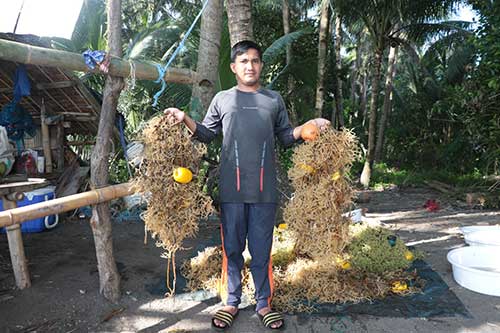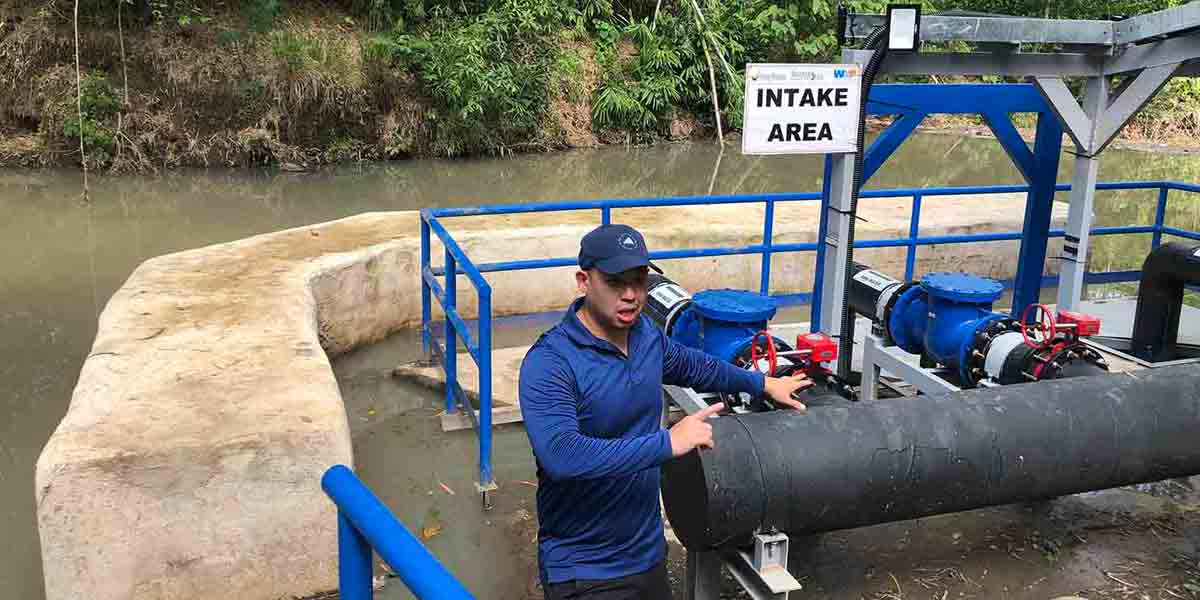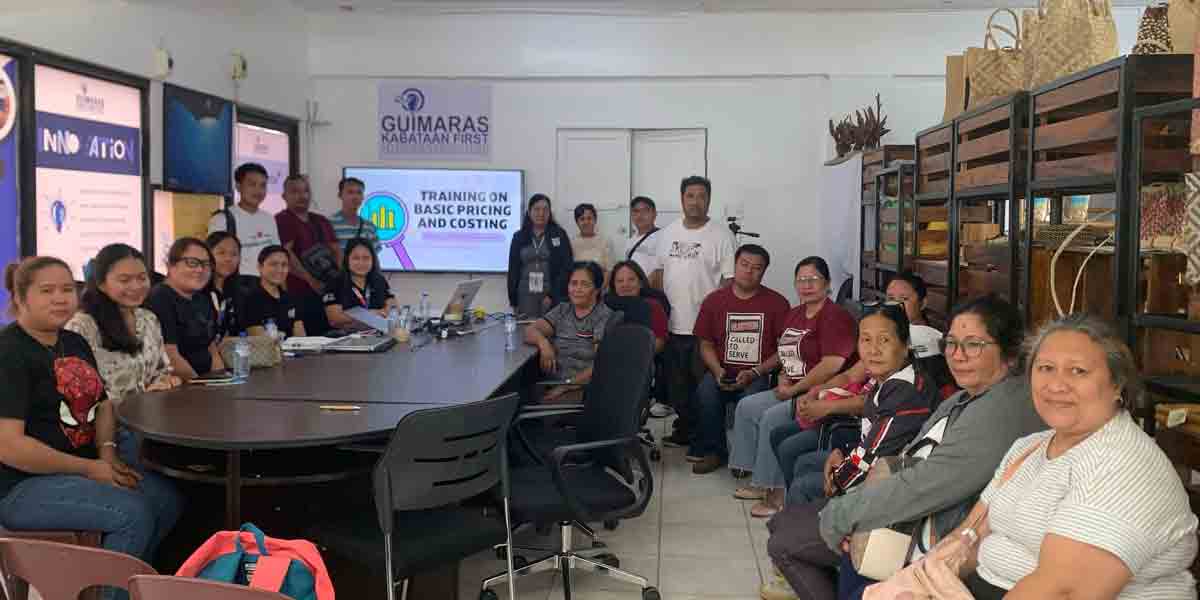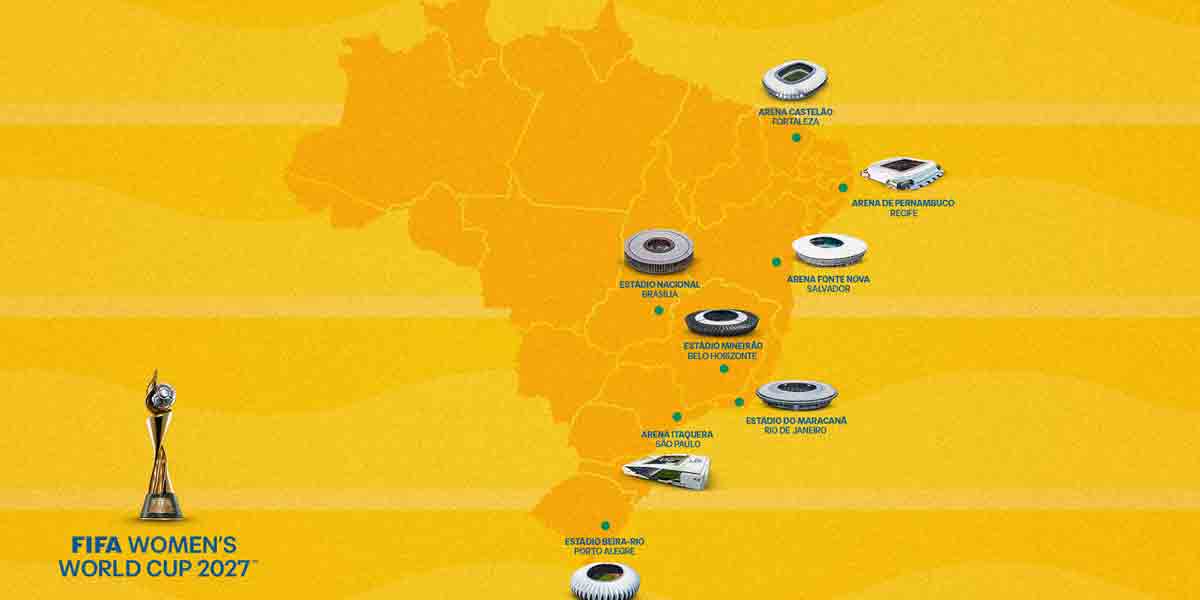
Researchers at the Southeast Asian Fisheries Development Center, Aquaculture Department (SEAFDEC/AQD), have discovered a groundbreaking way to grow seaweed up to 6.5 times faster than traditional methods by using lab-grown, tissue-cultured seedlings.
Seaweed species like Kappaphycus alvarezii, known as elkhorn moss or “guso,” are vital to the carrageenan industry. Carrageenan is a widely used additive in processed foods, pharmaceuticals, and cosmetics. Seaweed also supports the livelihoods of about 200,000 fisherfolk households in the Philippines and plays a role in carbon absorption.
However, farmers often face challenges such as poor-quality seedlings, slow growth, low yields, and vulnerability to “ice-ice” disease, which causes seaweeds to whiten and disintegrate.
SEAFDEC/AQD researchers, led by Joseph Faisan Jr., advocate adopting tissue culture technology to produce genetically robust, disease-free seedlings. These seedlings promise higher yields and improved resilience against environmental stressors.
The team conducted three 60-day culture runs in 2021 during dry, dry-wet, and wet seasons. Results showed that tissue-cultured seedlings grew 1.5 to 6.5 times faster than farm-sourced cuttings.
“Our results support the hypothesis that seaweeds are reinvigorated through tissue culture, and the process could enhance their growth performance,” Faisan said.
Additionally, tissue-cultured seaweeds exhibited delayed onset of “ice-ice” disease and reduced susceptibility to harmful epiphytic algae during fluctuating weather conditions. Both tissue-cultured and farm-sourced seaweeds met or exceeded industry standards for carrageenan yield and quality.
Tissue culture technology offers more benefits beyond growth performance. Faisan highlighted its potential to address seedling shortages in typhoon-prone areas.
“There were times when a typhoon washes out entire seaweed farms, and farmers could not immediately replant because they have no more seedlings to work with,” he said. “Seedling banks can supply farmers immediately so they can recover more quickly.”
During seasons plagued by seaweed health problems, tissue culture could provide disease-free seedlings to help farmers avoid further losses.
SEAFDEC/AQD Chief Dan Baliao emphasized the importance of scaling up the production of tissue-cultured seedlings to make them more accessible.
“What we need to achieve now is the economies of scale in producing tissue-cultured seedlings so we can mass-produce and provide the seedlings to farmers at an affordable cost,” Baliao said.
The findings of Faisan and his team—including Edcel Jed Samson, Hananiah Sollesta-Pitogo, Rheniel Dayrit, Vicente Balinas, and Dr. Leobert de la Peña—were published in the Journal of Applied Phycology in 2024. The study, titled “Seasonal growth, carrageenan properties, and resistance to disease and epiphytic pests between Kappaphycus alvarezii (Rhodophyta) var. tambalang (brown) tissue-cultured and farm-sourced seaweeds,” provides further details on their research.





















